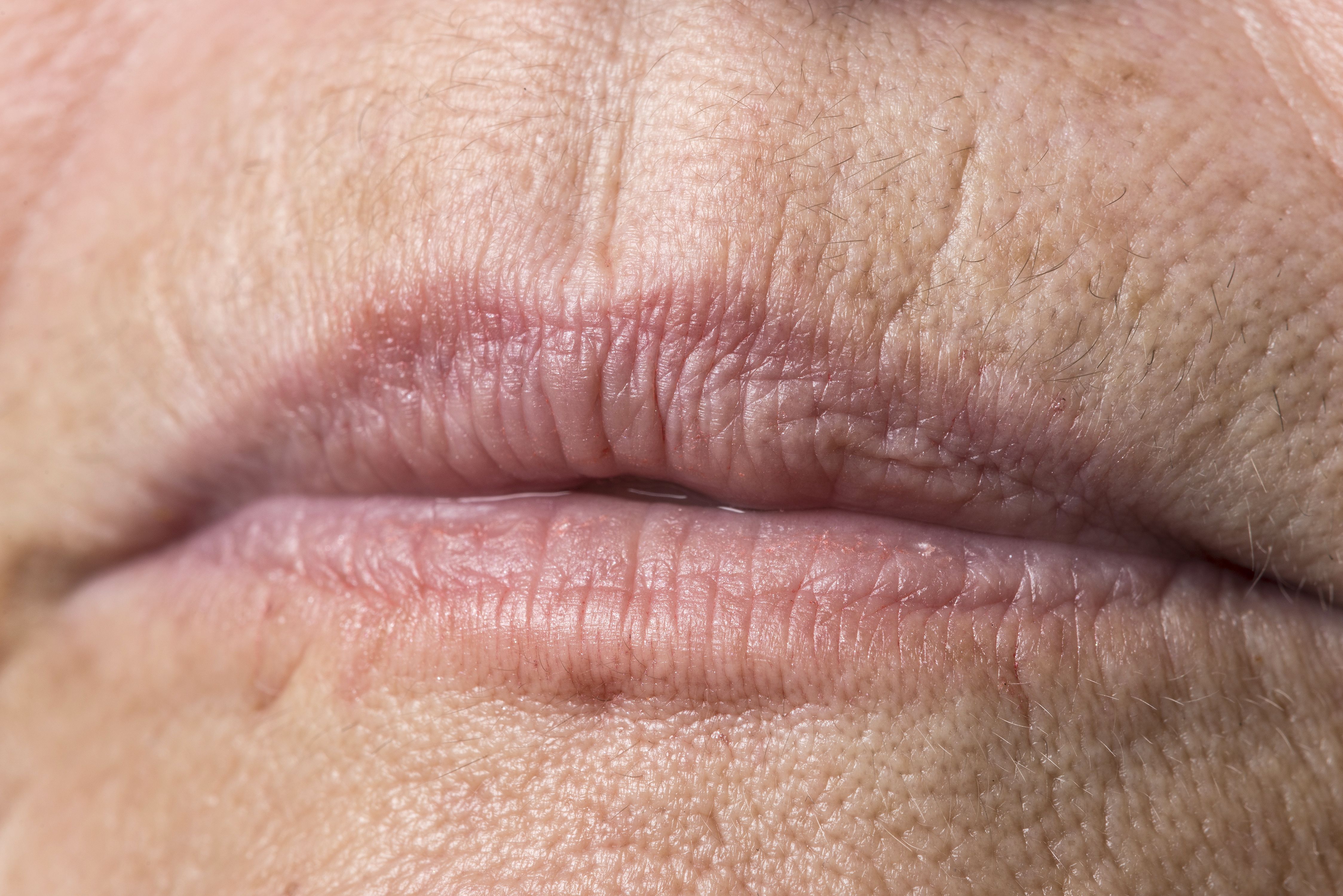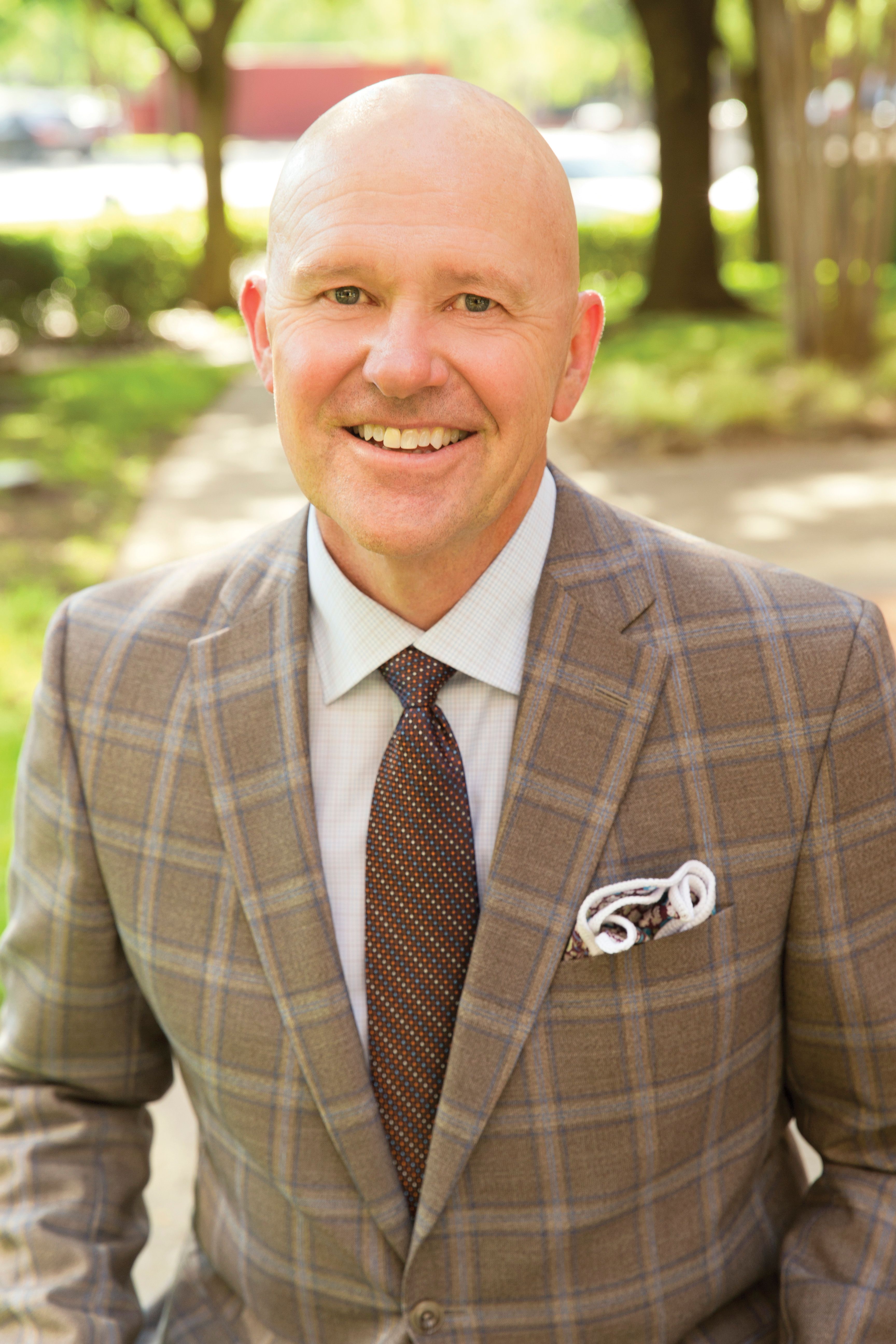- Acne
- Actinic Keratosis
- Aesthetics
- Alopecia
- Atopic Dermatitis
- Buy-and-Bill
- COVID-19
- Case-Based Roundtable
- Chronic Hand Eczema
- Chronic Spontaneous Urticaria
- Drug Watch
- Eczema
- General Dermatology
- Hidradenitis Suppurativa
- Melasma
- NP and PA
- Pediatric Dermatology
- Pigmentary Disorders
- Practice Management
- Precision Medicine and Biologics
- Prurigo Nodularis
- Psoriasis
- Psoriatic Arthritis
- Rare Disease
- Rosacea
- Skin Cancer
- Vitiligo
- Wound Care
Article
Erbium:YAG for perioral wrinkles
Author(s):
Whether used alone for perioral resurfacing or in combination with a facelift or other facial rejuvenation procedures, the erbium laser is a safe, predictable, effective and powerful tool for correcting perioral rhytides.
Whether used alone for perioral resurfacing or in combination with a facelift or other facial rejuvenation procedures, the erbium laser is a safe, predictable, effective and powerful tool for correcting perioral rhytides. (Vera Kuttelvaserova - stock.adobe.com)

Dr. A. Jay Burns

Whether used alone for perioral resurfacing or in combination with a facelift or other facial rejuvenation procedures, the erbium laser is a safe, predictable, effective and powerful tool for correcting perioral rhytides, according to a study published January 2019 in Plastic and Reconstructive Surgery (PRS).
The study’s senior author and Dallas-based plastic surgeon A. Jay Burns, M.D., and colleagues retrospectively reviewed outcomes of 45 female patients on whom Dr. Burns performed perioral erbium:YAG laser resurfacing alone or resurfacing combined with facelift. They followed patients for an average 13 months, reporting on patient assessments by 10 blinded nonphysicians and 10 blinded plastic surgeons. Researchers used a scoring system based on 8 sequential perioral images. Each image illustrated perioral rhytid severity, with a score of 1 being the least severe.
They found the average preoperative score was 4.6 compared to an average postop score of 2.4, showing an improvement of 2.2. Nonphysicians evaluating patients who had erbium treatment only reported an absolute improvement of 1.9 and a 66.1% improvement in perioral rhytides. Researchers found similar perioral rhytid improvement whether patients had erbium resurfacing only or erbium resurfacing and a facelift. Plastic surgeons and nonphysicians reported similar scores for improvement. None of the patients had hypopigmentation at the 6-month postop visit.
This comes as no surprise to Dr. Burns, who says he has extensive experience using both CO2 and erbium lasers for skin resurfacing.
“I much prefer the erbium,” says Dr. Burns. “In fact, I sold all of my CO2s in 2000 and have used erbium ever since. I get better results because the affinity of erbium for water is 11 to 13 times higher. This higher affinity, called ablation threshold, creates almost pure ablation - unlike the CO2, which leaves much more residual thermal damage and as a result more hypopigmentation and downtime.”
Many mischaracterize full-field resurfacing with the erbium as more superficial than carbon dioxide, the authors write. It’s true that the erbium is a superficial laser, but depending on how one uses it, it can go much deeper than CO2, according to Dr. Burns.
Another potential misperception is that CO2 causes more tightening and more inflammation and, therefore, more collagen deposition than erbium resurfacing, says Dr. Burns.
“This is true to some extent, but my before and after photos and the results in this study which compare to our own paper in the 1990s reporting our CO2 results show that the end result is not affected at all. In fact, the long-term results in our hands with erbium are better than CO2,” according to Dr. Burns.
Post erbium laser resurfacing, patients tend to experience shorter recoveries with decreased redness than after CO2 treatment, he writes.
“A superficial CO2 will heal faster than a deep erbium but that is not a fair comparison. Depth-for-depth there is no doubt in my mind that erbium heals faster and has less complications if my protocol is followed,” according to Dr. Burns. “Hypopigmentation far less despite the deep depths of treatment. Patient satisfaction is much higher due to better results and less complications.”
The protocol described in detail in the paper involves going to the safest maximal depth.
Dr. Burns offers these tips for best results:
- Know the endpoints to achieve the results shown in this study. Either the rhytid is completely gone or one reaches the mid-reticular bleeding endpoint.
- If one treats perfectly but doesn’t take good care of the patient postoperatively by removing all debris, keeping the wound moist and watching carefully for anything unusual, complications are more likely to result. Doing both the treatment and post-treatment care well lead to optimal results and minimal complications.
- If performing the procedure, commit to it. This is not a casual undertaking.
“Make no mistake, CO2 can produce very good results. It’s just that for someone who has great experience in both, the erbium is much, much preferred in my hands,” he writes.
Disclosures:
Dr. Burns is a consultant and serves on the advisory board for Allergan, Sciton and HintMD.
Newsletter
Like what you’re reading? Subscribe to Dermatology Times for weekly updates on therapies, innovations, and real-world practice tips.














